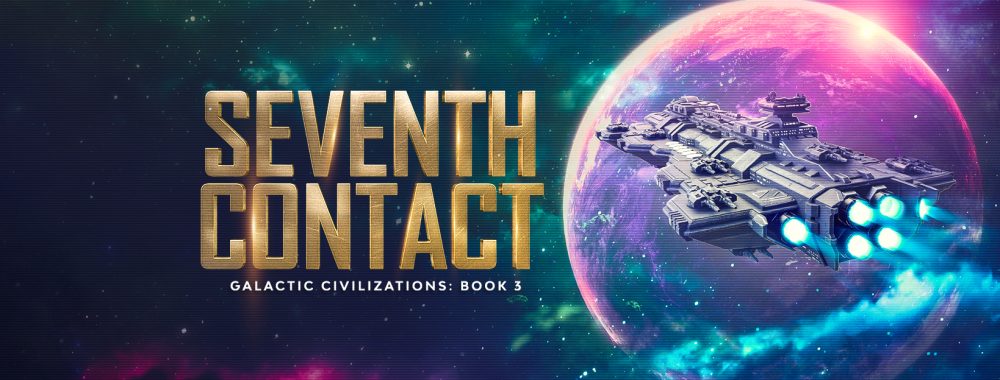The first and third novels in the foundational (pun intended) Isaac Asimov Foundation series I find relatively equal in quality, though unique in their own way. I rank them separate because of my higher regard for Foundation and Empire, the second novel in the original trilogy. If you are looking for a character study, Foundation isn’t going to be your cup of tea. Foundation is about the ideas; it’s about the political structures. Most of all it’s about human behavior on a massive, sociological scale.
In Foundation, Asimov introduces one of the coolest ideas in science fiction history…psychohistory. Psychohistory is described as the quintessence of sociology. It’s the science of human behavior reduced to mathematical equations (or in layman’s terms predicting the future with math). A mathematician has worked out through psychohistory the galactic empire is collapsing and that with its collapse will come dark ages of human suffering. He creates the foundation not to prevent the collapse but to minimize its impact and raise up a new empire in its place. The original Foundation novel is basically five short stories that lay out the beginnings of those efforts to minimize the galactic collapse.
Second Foundation is the conclusion to the original foundation trilogy. The second book, Foundation and Earth, sees the rise of the Mule, and individual that could not be foreseen by psychohistory. Second Foundation deals with the aftermath and Hari Seldon’s plans put in place to protect against something as unique and unforeseeable as the Mule. The Mule and others search for a mysterious Second Foundation and later the original Foundation attempts to take down the Second Foundation. Again, if you’re looking for amazing character development this probably isn’t your series, but the institutional ideas are fascinating, and the overall ark of the series is just unique science fiction.
